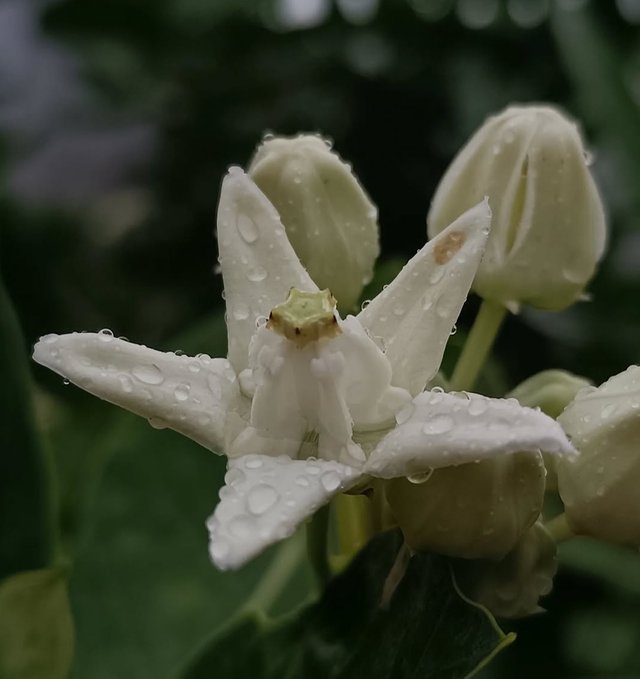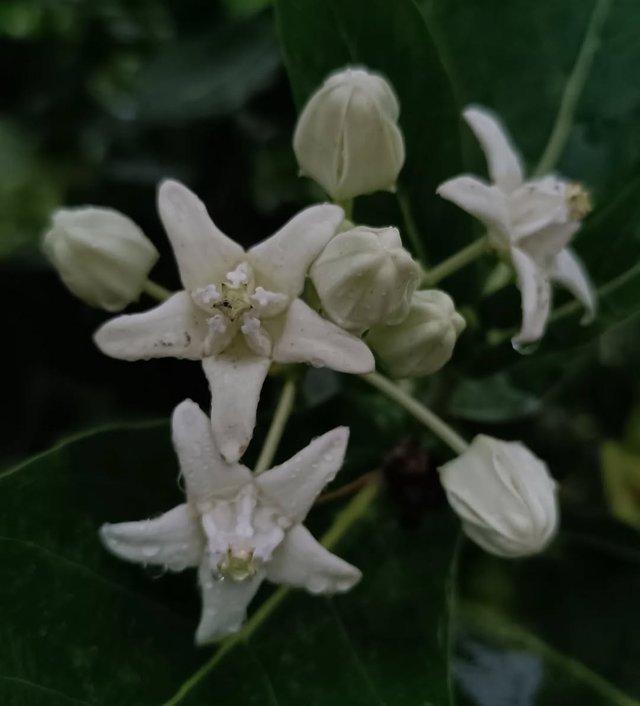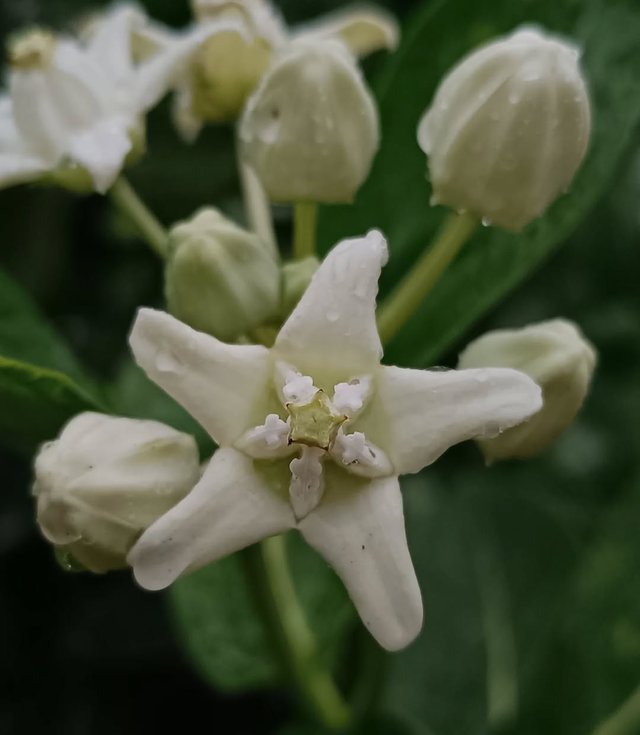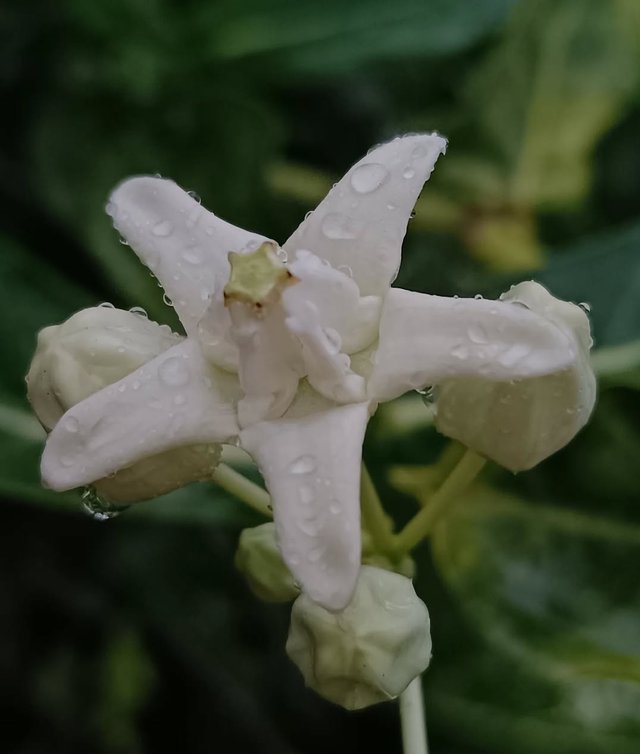So Beautiful Giant Calotrope Flower
Giant Calotrope: A Majestic Medicinal Marvel
The Giant Calotrope, scientifically known as Calotropis gigantea, is a striking plant that thrives in arid and semi-arid environments across South and Southeast Asia. Often seen gracing roadsides, wastelands, and coastal regions, this hardy plant is much more than a visual oddity—it’s a deeply rooted part of traditional medicine, mythology, and ecological resilience.
Botanical Profile
Scientific Name: Calotropis gigantea
Family: Apocynaceae
Common Names: Crown flower, Giant milkweed, Swallow-wort, Arka, Erukku, Akanda, Mandar
Origin: Native to India, Nepal, Sri Lanka, Thailand, and other parts of Southeast Asia
Height: Grows up to 4 meters tall
Flowers: Star-shaped with waxy petals, commonly purple, lavender, or white
Leaves: Large, oval-shaped, with a thick, leathery texture
Sap: Milky latex, often toxic and sticky
Ecological Significance
The Giant Calotrope is a pioneer species—one that colonizes disturbed or degraded lands. Its deep root system makes it ideal for preventing soil erosion, and it can survive in nutrient-poor soils, high salinity, and intense heat. As such, it’s often used in land reclamation and ecological restoration projects.
The flowers of C. gigantea attract a variety of pollinators, including bees and butterflies, notably the monarch butterfly (Danaus plexippus), which uses the plant as a host for its larvae. This relationship highlights the plant’s role in supporting local biodiversity.
Cultural and Mythological Importance
In Indian mythology, the Giant Calotrope has sacred associations. The flowers are often used in religious offerings, particularly to Lord Shiva. In traditional rituals, the plant is revered not only for its spiritual symbolism but also for its perceived metaphysical powers—used to ward off evil spirits and negative energies.




%20(7).jpeg)